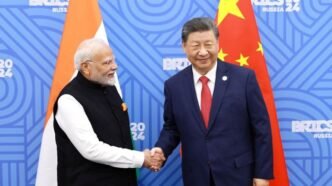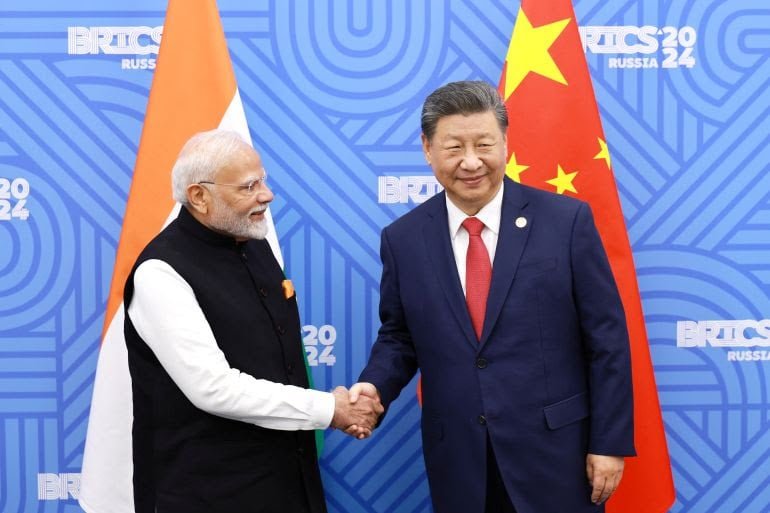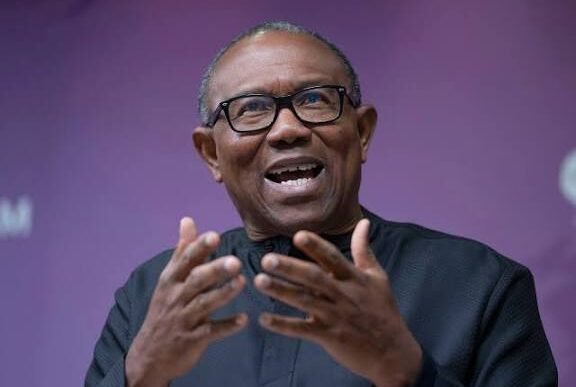In a major step toward restoring normalcy in bilateral relations, India and China have agreed to resume direct commercial flights between their cities, ending a four-year suspension that began at the onset of the COVID-19 pandemic. The development marks a significant thaw in relations between the two Asian giants, whose ties had soured following the 2020 border clashes in Ladakh.
According to senior government officials in New Delhi, both nations have concluded “advanced technical and diplomatic discussions” to restart direct air connectivity “in the coming weeks.” The resumption will initially involve a limited number of weekly flights operated by designated carriers from both countries.
A Breakthrough in Stalled Relations
The return of direct air links between India and China is being seen as a symbol of improving trust after years of diplomatic strain. Direct flights between the two countries were suspended in early 2020 following the global outbreak of COVID-19. However, the suspension extended long after most other international routes had reopened, reflecting the deep political chill that followed the deadly clashes in the Galwan Valley in June 2020, which left 20 Indian soldiers and at least four Chinese troops dead.
Sources within India’s Ministry of Civil Aviation confirmed that both Air India and China Eastern Airlines are likely to be the first carriers to resume operations. Routes under consideration include New Delhi–Beijing, New Delhi–Shanghai, and Mumbai–Guangzhou.
“The aviation authorities of both countries have reached an understanding on the restoration of direct flights, subject to final regulatory approvals. The move aligns with broader efforts to normalize bilateral exchanges,” a senior official said.
Economic and People-to-People Implications
The decision to reopen the skies comes amid growing recognition of the economic interdependence between the two countries, despite their political tensions. China remains one of India’s largest trading partners, with bilateral trade surpassing $136 billion in 2024. Analysts say restoring direct flights could ease the movement of business executives, students, and professionals, boosting confidence in trade and investment flows.
Before the suspension, more than 500,000 passengers traveled annually between India and China. The routes were heavily used by Indian pharmaceutical companies, IT service providers, students attending Chinese universities, and traders sourcing manufacturing materials from Chinese markets.
With direct air connectivity restored, travel times will drop dramatically—from over 10 hours via layover routes in Bangkok, Singapore, or Dubai, to just under six hours for a nonstop flight between New Delhi and Shanghai.
Signs of Diplomatic Easing
The move also underscores a gradual warming of relations between New Delhi and Beijing following years of heightened border tensions and trade restrictions. In recent months, both sides have increased diplomatic engagement, holding a series of high-level meetings aimed at stabilizing the Line of Actual Control (LAC) and reopening channels of cooperation in trade, culture, and education.
In September 2025, Indian External Affairs Minister S. Jaishankar met with his Chinese counterpart Wang Yi on the sidelines of the Shanghai Cooperation Organisation (SCO) summit in Astana, Kazakhstan. The ministers discussed confidence-building measures and agreed to restore “people-to-people exchanges” as a means of rebuilding trust.
Diplomatic analysts interpret the resumption of direct flights as a follow-up to those discussions. “This is not just about aviation; it’s about signalling a readiness to engage,” said Dr. Manoj Kewalramani, a China policy researcher at the Takshashila Institution. “Both sides understand that prolonged estrangement hurts their economic interests and global positioning.”
Business and Education Sectors Welcome the Move
Indian businesses with supply chains linked to China have welcomed the decision as a practical step toward facilitating smoother operations. “For years, we’ve had to reroute shipments and personnel through third countries, which increased costs and delays,” said Rajesh Agarwal, an exporter based in Mumbai’s textile hub. “Resuming direct flights will reduce transit time and help us compete better.”
The academic community has also expressed relief. Thousands of Indian medical students who had been enrolled in Chinese universities before the pandemic faced difficulties returning to campus due to the absence of direct connectivity.
“This decision will make it much easier for Indian students to return to China and continue their studies,” said Professor Priya Menon, an education consultant based in Chennai. “It also sends a positive signal that both countries are ready to move beyond the political freeze.”
Safety and Logistics Considerations
While the agreement has been broadly welcomed, aviation experts note that restoring direct routes will require careful coordination. Airlines will need to reestablish crew bases, secure new slots, and update safety protocols that comply with both nations’ regulatory requirements.
India’s Directorate General of Civil Aviation (DGCA) is expected to issue operational clearances soon. Meanwhile, China’s Civil Aviation Administration (CAAC) has reportedly begun processing requests from Indian carriers.
Given lingering security sensitivities, especially near border regions, officials say the initial phase of resumption will be “limited and closely monitored.” However, if successful, flights could expand to include secondary cities such as Bengaluru, Chengdu, and Kunming in subsequent phases.
Strategic Context
The restoration of air links comes at a time when both India and China are recalibrating their global strategies. While competition continues in areas such as technology, manufacturing, and regional influence, both countries recognize the need to stabilize relations to avoid economic disruptions.
Experts suggest that the timing of the announcement reflects mutual pragmatism. China is seeking to revitalize its sluggish post-pandemic economy and attract foreign investment, while India is positioning itself as an alternative manufacturing hub and needs stable supply chains.
“The decision shows both sides are adopting a mature approach—cooperate where interests align, compete where they must,” said Ambassador Gautam Bambawale, India’s former envoy to Beijing. “Restoring connectivity is a small but meaningful gesture that can lay the groundwork for further engagement.”
Future Outlook
If the reopening proceeds smoothly, analysts expect an eventual return to pre-2020 flight frequencies, which included over 40 weekly services between the two countries. Tourism boards and trade chambers are already preparing to capitalize on renewed connectivity, with potential joint initiatives in business, culture, and higher education on the horizon.
Observers also note that direct flights could facilitate more frequent diplomatic visits, a development that may help sustain dialogue on outstanding issues, including the unresolved border disputes.
“Regular exchanges are key to preventing misunderstandings,” said Dr. Kewalramani. “Direct flights make that easier, reducing both physical and psychological distance.”
Conclusion
The resumption of direct flights between India and China represents more than the reopening of airspace—it symbolizes a cautious yet deliberate step toward normalization after years of strained ties. While the move does not resolve deep-seated disputes, it underscores a shared recognition that dialogue and connectivity are essential for stability in Asia.
As planes once again take off between New Delhi and Beijing, they will carry not only passengers and cargo but also the promise of renewed engagement between two of the world’s most influential nations.














